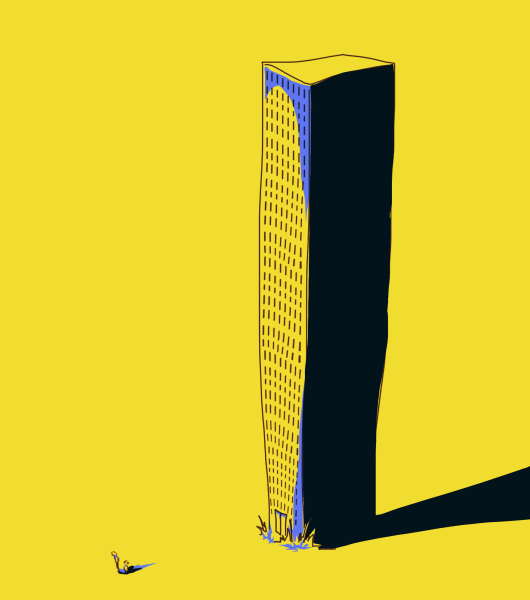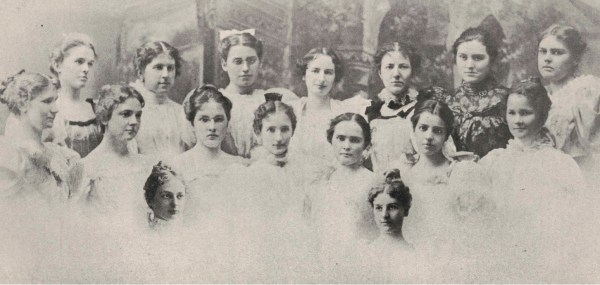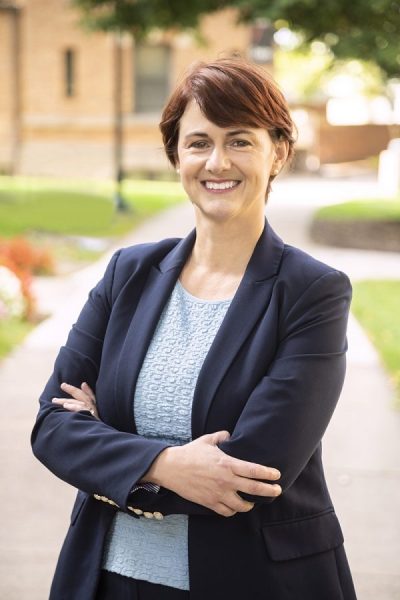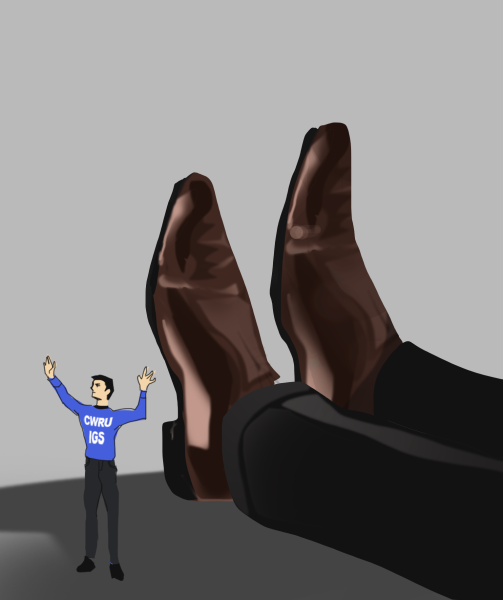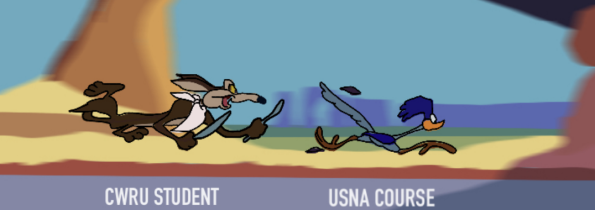CWRU falls in WSJ/THE rankings
September 13, 2019
The 2019 Wall Street Journal/Times Higher Education (WSJ/THE) College Rankings report saw Case Western Reserve University fall 13 places, from 39th to 52nd. It is alleged that changes in ranking metrics caused this drop. WSJ/THE began considering graduates’ average debt instead of graduates’ default rates. CWRU was not the only university to see a significant drop, as George Washington University, Tulane University and Northeastern University also saw their rankings decrease.
In the WSJ/THE rankings, CWRU’s decline due to its higher average graduate debt was partially offset by increases in graduates’ salaries, publications per faculty member and the variety of academic subject offerings.
In contrast, the 35th edition of the U.S. News Best Colleges rankings, which was also released recently on Sept. 9, saw CWRU move up two places into the 40th slot. CWRU’s small climb in the U.S. News rankings occurred because of improvements in the academic qualifications of the new class, selectivity, graduation rate and faculty resources.
According to President Barbara Snyder, the Student Success Initiative is mainly responsible for enhancing the undergraduate experience and thus contributing to improvements in the U.S. News ranking. The Student Success Initiative includes the navigator advising system, and it came out of research done by the Office of the Provost.
“After extensive research regarding comparable efforts on other campuses, leaders within the Office of the Provost presented a proposal to President Snyder and the Board of Trustees,” said Provost Ben Vinson III in an email. “The proposal was so compelling that President Snyder committed the entirety of a leadership award she had received be used to support the effort, and the board directed that all of that year’s commitments to its strategic initiative fund also go to the initiative.”
The Student Success Initiative was not created in response to rankings pressures, according to Vinson.
The WSJ/THE rankings highlight the growing problem of student debt. Since the changed methodology in the WSJ/THE rankings was applied to all colleges ranked, dropping 13 places means that CWRU is doing worse in terms of graduates’ average debt than many of its peer institutions.
According to Vinson, however, CWRU’s graduates’ average debt is not drastically different from its peer universities, and instead, the ranking’s drop is due to how little separates the nation’s top universities.
“The change in methodology has such a significant effect because of how tightly bunched the nation’s leading universities are in terms of their performance on a range of statistical measures,” Vinson asserted.
JUMP
Additionally, Vinson said that some of the universities CWRU considers its closest peers also dropped in the rankings due to the criteria change.
“The average debt of CWRU’s graduates is higher than some peers, and lower than others,” Vinson noted. “For example, Carnegie Mellon [University]’s average graduate debt is nearly $2,000 higher than ours.”
Carnegie Mellon’s ranking also dropped significantly in this year’s ranking, from 16th to 25th.
In terms of addressing graduates’ average debt, Vinson said CWRU has taken measurable efforts. Since 2016, CWRU has met full demonstrated need in admissions. Vinson believes this will reduce graduates’ average debt when students admitted under this policy begin to graduate.
Undergraduate Student Government (USG) President Marin Exler recognizes that college graduates’ debt is an important national issue, but cautions that ranking mechanisms are unable to provide a robust picture of a university.
“Transparency about the cost of college is essential, however, what the metrics fail to consider is the ratio between actual starting salaries and average graduation debt,” said Exler, via email, in relation to the WSJ/THE rankings.
USG has consistently attempted to address student debt, most notably through a four-year tuition-lock program, according to Exler. However, even tuition-lock policies have flaws. Oftentimes, university tuition merely starts out higher to counteract the tuition-lock.
Ultimately, there are no easy solutions to rising student debt.
“We are still exploring different initiatives regarding the cost of college, and hope to work collaboratively with the administration to help alleviate student burden,” Exler pledged.
Regarding the impact of the WSJ/THE ranking, Exler does not believe CWRU’s drop will be particularly impactful.
“One college ranking does not showcase how our incoming students continue to be more and more academically accomplished and how excited they are to be a part of the CWRU community,” she said.
According to Exler, a physical campus visit is still the best way for prospective students to understand the opportunities and experiences they can have at CWRU.
















